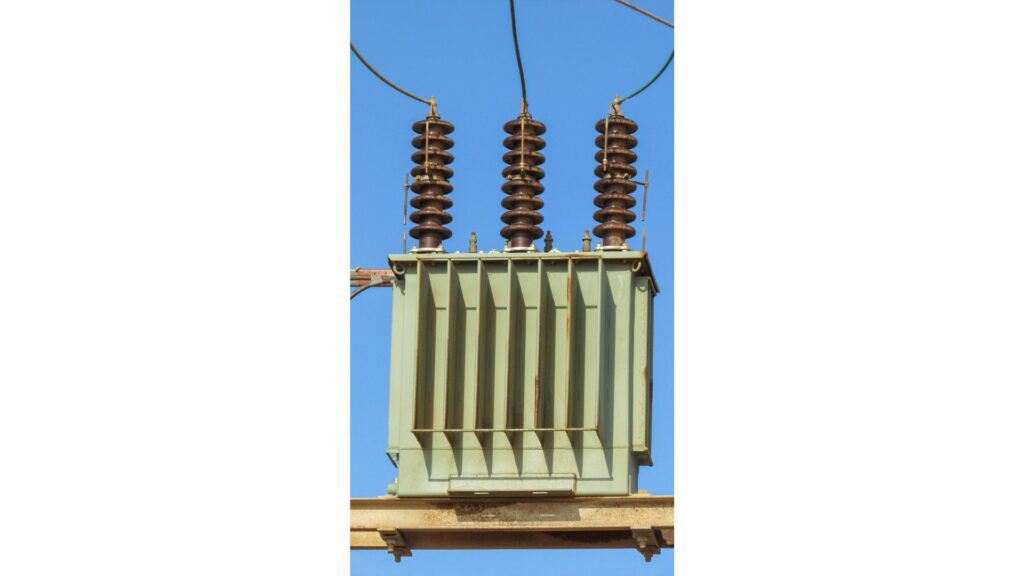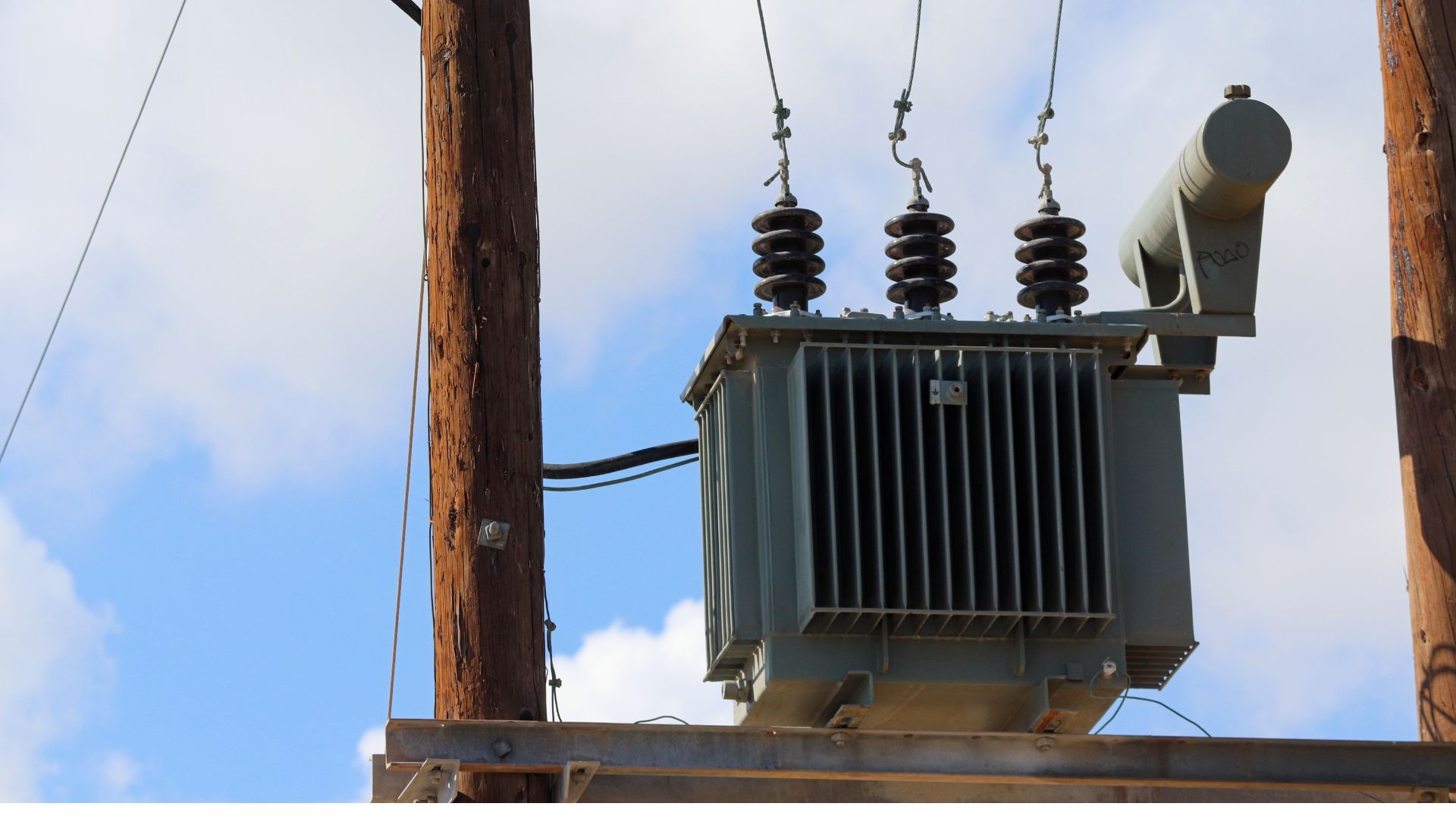Sizing a transformer is not easy. Fortunately, you have this guide. It will show you how to pair your panel with the correct transformer.
What Size Transformer For a 200 Amp Panel? The right transformer size for a 200A panel (120/240V Single Phase) is 50kVA.
How To Calculate The Transformer Size For Different Amp Panels?
Transformers are complex devices. Making the correct selection means understanding the various aspects that govern a transformer’s operations, including the following:
1). Transformers
According to National Electric Code, these devices are separately derived systems. Besides transmitting power between two systems (without a physical connection), they also raise or lower the voltage.
2). Primary and Secondary Windings
Transformers have primary and secondary winding. The primary winding runs to the voltage source while the secondary connects to the load. Behler Young has explored transformer sizes in the HVAC industry that bring the voltage down to 30V or less.
They associate their transformers with a primary input voltage of 120, 208, 240, and 460V and a secondary output voltage of 24 and 30V. The input voltage will influence the output voltage. You must select the primary voltage before determining the transformer’s rated VA because the primary voltage will influence your decisions.
For instance, you must wire to the 240V primary tap for a 240V primary voltage and the 208V primary tap for a 208V primary voltage. Mixing a 208V primary voltage with a 240V tap will attract unsavory consequences.
3). Rating
You can measure the transformer’s power using VA or kVA. kVA is the most prominent unit. But if you have volt-amperes, you can convert to kVA if you remember that 1kVA equals 1,000VA.
4). Utility Provider
Decisions regarding the transformer size have nothing to do with you. The utility provider makes these decisions. They use the information in your submitted request to understand your demands.
They will also assess the needs of similar customers to identify a fitting transformer size. You don’t have to participate in the decision-making.
5). Connected and Operating Load
If the utility provider is not involved in your selection, you must consider the connected and operating loads before making a decision. The connected loads approach looks at all the individual loads and their system parameters (horsepower, efficiency, power factor, etc.), regardless of considerations like the operating condition and function.
You only base your calculations on the operating conditions of the connected loads when you decide to size the transformer based on system operations.
6). Calculating Transformer Size
Anyone can calculate the transformer size by following these steps:
- Find the load
- Get a sizing chart.
- Calculate the transformer size using the information in the sizing chart, and the formula (Volts X Amps / 1000 and Volts X Amps X 1.732 / 1000).
If you don’t even know what a sizing chart looks like, let alone how to use it, electrical technology has a calculator. Once you enter the phase (1-Phase or 3-Phase), voltage and current, the calculator will generate the correct kVA.
If you have access to physical transformers, the nameplates are very helpful because they reveal variables like the kVA, voltage, amperes, type of cooling, and phases.
If you prefer to calculate the kVA yourself, this Dongan (Electric Manufacturing Company) guide has a list of the formulas engineers use to determine a transformer’s size.
You calculate a single phase kVA like this: kVA = Load Voltage X Load Amps / 1000 (kVA = Volt Amperes / 100 and VA = kVA X 1000). The three-phase formula is similar: kVA = Load Voltage X Load Amps X 1.73 / 1000. Try to keep the following in mind:
- The equipment you want to run will give you all the information you need, including the voltage and amperes it requires and the frequency (Hz). You must also identify the supply voltage.
- Make sure the line supply and electrical load have a matching frequency.
- If you can find the kVA rating on the load nameplate, you can use it to identify a suitable transformer size via charts like the one this ACME Electric guide has published. Use the primary and secondary voltage to make your selection.
- It is safer to choose a transformer whose kVA capacity exceeds the needs of the load. Although, you can also select a kVA that matches the load’s capacity.
So, you know how to calculate the transformer size. let’s check
The Transformer Size For 100, 125, 150, 225, and 400 Amp Panel
| AMP PANEL | TRANSFORMER SIZE |
| 100 | 30kVA |
| 125 | 45kVA |
| 150 | 50kVA |
| 225 | 75kVA |
| 400 | 150kVA |
You can’t take these figures at face value because they don’t consider the variables surrounding your situation. For instance, it isn’t enough to know that your panel is 400 amps. What is the phase? What about the load and line voltage?
Jefferson Electric has published a list of formulas for calculating the transformer size as well as the variables you need. Plug your specs into those equations to get the correct transformer size for your case.
Using the information in the table above without first accounting for the load voltage, line voltage, and phase will compel you to select the wrong transformer size, which is dangerous. Even if you use a calculator, it will ask you for the transformer phase, voltage, and current before generating the kVA.
Why Transformer Size Is Important For Different Amp Panels?

You can’t afford to make the wrong decisions where the transformer is concerned. The consequences include the following:
- Overheating is one of the more significant challenges. If you have a fuse, it will trip, depriving the transformer of power. If you don’t have a fuse, fire can break out.
- If the transformer is undersized in comparison to your electrical needs, low voltage symptoms will manifest. That includes dimming and flickering lights, burnt-out motors, etc.
- Contactor and relay chatter (possibly even failure) can occur because of poor wiring.
- The consulting-specifying engineer warns against loss of loads in cases that involve undersized transformers.
This is why consumers are encouraged to leave transformer sizing in the hands of a professional, such as a utility provider. If you’re determined to select the transformer yourself, take the relevant precautions. That includes the following:
- Use an online calculator. Online calculators are less likely to make mistakes. Better yet, use multiple calculators and see whether their results match. This will give you confidence that your chosen transformer size is correct.
- If you prefer to use a formula, select the correct formula. For instance, if you have a 3-phase system, look for the formula labeled ‘3-Phase.’ Do the same for the single phase.
- Do you have the correct primary and secondary voltages? Double-check your results. If you have doubts, ELSCO Transformers has published equations for determining the primary and secondary voltage. Use those calculations to confirm that your variables are correct. Otherwise, you may select the wrong transformer size even though you applied the right formula.
- Confirm the phase. Don’t assume. Manufacturers print all the information you need on the electrical meter, including the wattage, serial number, and phase. Count the number of switches in the meter box. Three main switches signify three-phase power. One main switch proves that you have single-phase power. Call your utility provider for clarification.
Related post:

